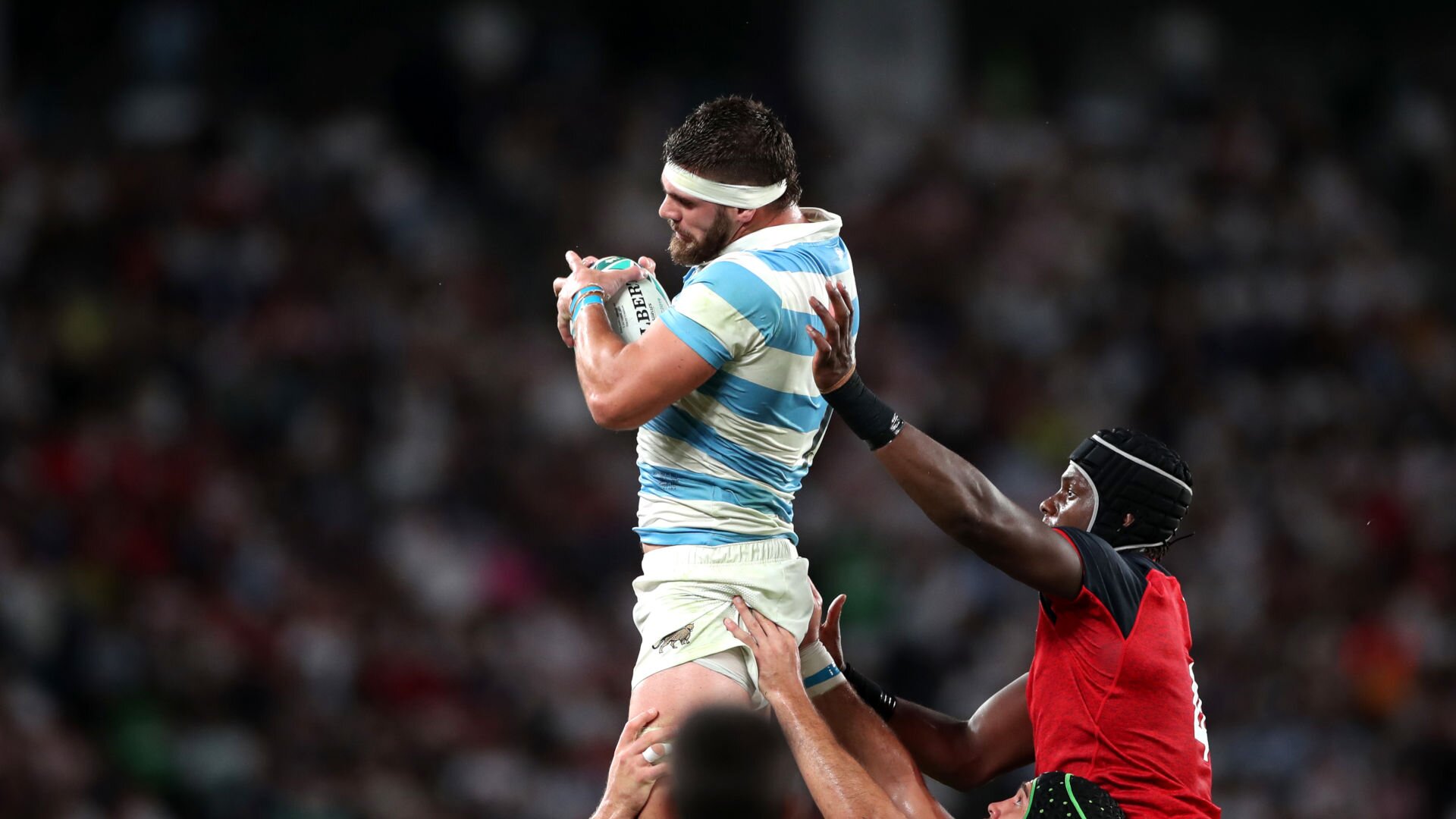We now move to the blindside flankers in our series looking at what goes into making the perfect rugby player at each position, having profiled the prototype lock earlier this week.
The composition of back rows is by no means rigidly defined, with many teams opting to double up on similar players across the loose forward trio, although the traditional stereotype of a blindside flanker still exists and is still highly valued by most teams.
Even when a team does opt for two more traditional opensides on the flanks, or even moves a second row to the blindside, those players still have to deliver in areas that have long become associated with the six jersey. We pick out those five key attributes below and highlight the best examples of them in world rugby.
First and foremost, a blindside flanker is required to exert their physicality on the game, often most notably in the tackle. They are regularly among the biggest hitting players in any team and they are frequently tasked with bringing down the opposition’s power carriers in solo tackles on or before the gain-line.
Few players do that as well as Argentina’s Marcos Kremer, with the former age-grade second row having transitioned excellently to a role on the blindside as a senior international. His ability to stay low in the tackle and drive up and through ball-carriers, denying them any momentum, is something which sets him apart, whilst he’s also not afraid to go higher and attempt to deny the carrier any offloading opportunities.
Part 3 in the new RugbyPass series takes a look at the Maros and the Ebens of this worldhttps://t.co/90pmEI74ZQ
— RugbyPass (@RugbyPass) April 7, 2020
One word that has always been associated with blindsides is ‘workhorse’ and relates to the demand that they be one of, if not the busiest player on the team in defence. They are regularly asked to make multiple tackles in a small number of phases and that can be physically and mentally draining, and it takes special players to fight through that and keep performing.
As far as the current crop of blindside flankers go, no one surpasses South Africa’s Pieter-Steph du Toit in this area. The reigning World Rugby Player of the Year could be mentioned in any of these five categories, such is his incredible ability on the pitch, though it’s that stamina and work rate he has that allows and pushes him to keep positively impacting all facets of the game at club and international levels.
Although normally considered more of an openside flanker trait, the ability to influence the battle at the breakdown has become an important part of any blindside’s repertoire. The accuracy and efficiency of a blindside on the clear-out has always been required, though with transition rugby being such a pivotal part of the game, proficiency stealing ball at defensive breakdowns has also become key.
Part of England’s ‘Kamikaze Twins’ pairing at the Rugby World Cup, Tom Curry excelled in a role on the blindside in England’s mobile and dynamic pack. He brought physicality and other more blindside-specific skills to the position, but his work as a brutally efficient operator on either side of the ball at the contact area dovetailed well with the similarly effective Sam Underhill.
In the latest instalment of our new series, @alexshawsport picks out the five key attributes for hookers and the players that best exemplify those qualities.https://t.co/dh1F16g6MN
— RugbyPass (@RugbyPass) April 6, 2020
Providing a third option at the lineout, in addition to the two second rows, is another area of the game where a blindside flanker can set themselves apart. There are exceptions, of course, but No 8s and openside flankers don’t always tend to be the most adept jumpers, so a tall blindside with plenty of vertical explosion can make themselves integral to any back row unit.
There really is no one more adept at this in the modern game than Ireland’s Peter O’Mahony, who has regularly wrecked opposition game plans with his ability to disrupt at the lineout. His tendency to read an opposition throw and get up and in front of his rival jumper is remarkable and any team lining up against Munster or Ireland has to have a contingency plan for him. Throw into the mix the fact he is a reliable option on attacking throws, too, and you have quite the player.
Last but not least, we come to mobility and athletic ability. As with the locks, this has not always been a major requirement of the position, but as the game has become faster and forwards in general have turned into a rare breed of physical freak, the same is expected of blindsides.
For New Zealand, Shannon Frizell has encapsulated this brilliantly. He provides all the physical muscle close to the ruck and in the tight that he is needed to, but he also shines when the game breaks up or becomes looser, as he has the pace to live with it. Whether making important breaks as a ball-carrier, supporting others’ breaks or covering across the pitch in defence, Frizell’s proficiency at moving through the gears is impressive.
Physicality in the tackle – Marcos Kremer
Stamina and work rate – Pieter-Steph du Toit
Breakdown contribution – Tom Curry
Lineout option – Peter O’Mahony
Mobility – Shannon Frizell











































































